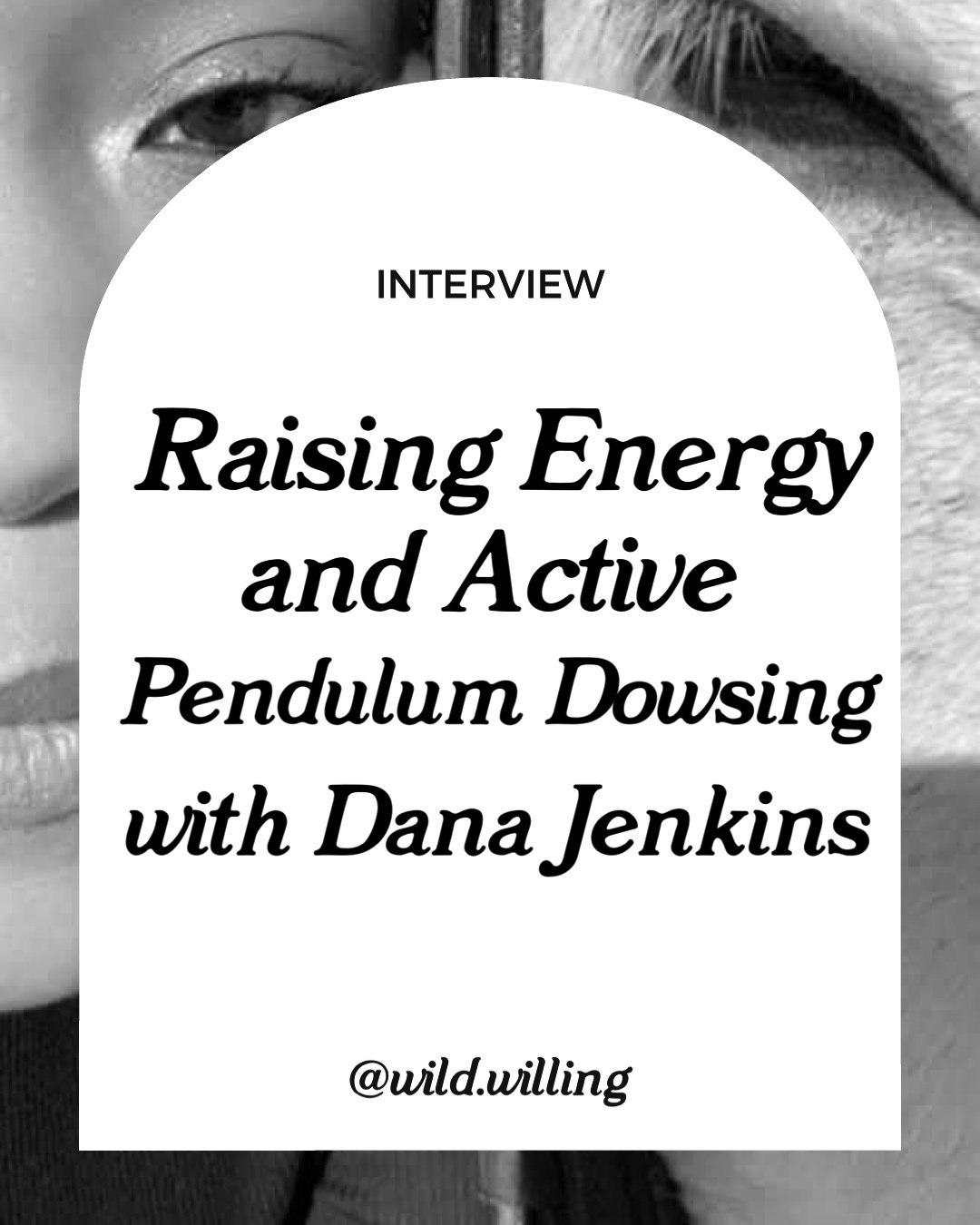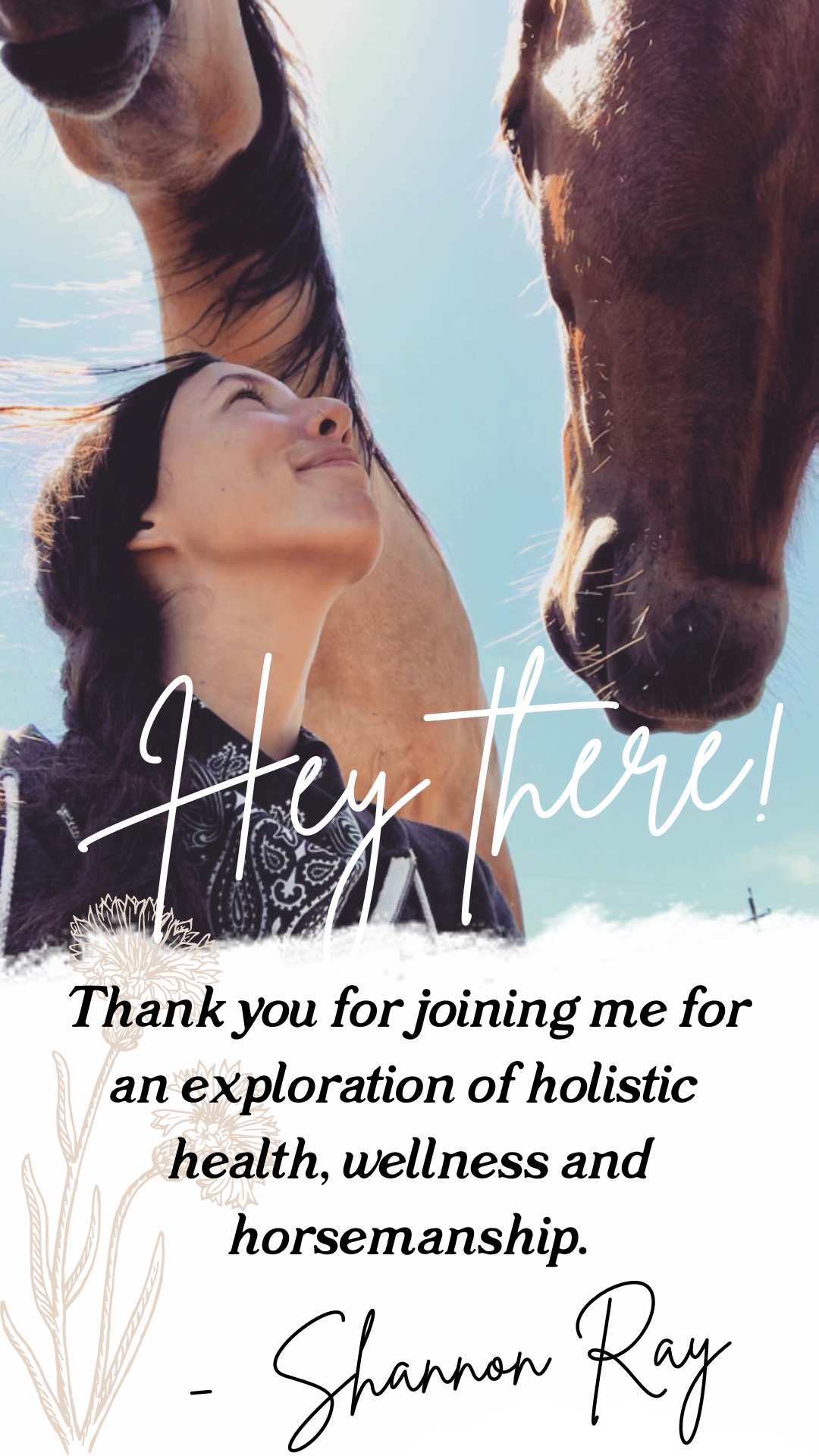Turning Pain Into Purpose, Part Two
Pain makes us do crazy things. Things that may be out of character. Things we may regret later, or even look back and not understand.
While nobody wants to experience pain, and especially become so familiar with it that shows up in our daily lives, it is an important teacher nonetheless.
Pain is a messenger from our nervous system on a mission to get us to stop everything and pay-attention-inside-now. Whether we’re experiencing pain coming from a physical injury that’s causing us to slow down so we don’t injure ourselves worse, or an emotional wound that’s made us retreat and reevaluate our lives… pain is a teacher.
It is subjective by nature. We all experience it and express it differently. Some of us scream with the full-force of our lung capacity when we feel it, while others withdraw and go completely silent. An example of the latter was when I was in labor with my first son (unmedicated); my midwives didn’t believe when they were told by my husband and doula that I was ready to push. They thought my labor wasn’t close to the finish line because I was so quiet and seemingly “calm.” Little did they know, I was screaming on the inside from the pain.
While I wish for everyone to live a pain-free life, I know that simply, unfortunately, isn’t realistic. So the reason I write ‘turn pain into purpose’ is because it’s time we transformed not just the way that we assess and respond to pain, but the way that we think of pain.
Pain isn’t just something to be overcome, vanquished, or avoided. It isn’t just a catalyst for us to try any means of therapeutic treatment. It’s a force within our bodies and minds that reminds us we’re a part of the life-death cycle the world is sustained by. Sophie Strand on the For the Wild podcast describes this so eloquently:
“… What would it mean to claim fertility inside of decay? Instead of always feeling like you’re a failure every day when a treatment doesn’t work, when you haven’t come into a window of tolerance, when your nervous system is still glitchy, when you still have triggers. How can you stop problematizing that, and overburdening your already ready burdened system and begin to think of yourself as soil?
… rot is actually the womb of life. That decay makes the room for the next phase. And so we can begin to look at things in our bodies that the culture problematizes as actually making good soil for other stories and other possibilities.”
Ayurveda provides a helpful lens which we can look through to better understand the highly individual expression of pain, so that we can not only be better able to acknowledge it in others, but also prevent it from worsening when it is present.
It’s helpful to use this lens when looking at the pain of nonhuman animals, especially, as they don’t vocalize their pains in our language the way we can. Often, when our animal companions are in pain, we have a gut knowing that something isn’t right. A visit to the veterinarian can confirm our suspicions, and narrow down exactly what is going wrong. But sometimes, the hardest part is believing that gut feeling in the first place.
Our Innate Pain Response
Your elemental constitution (see the post ‘Elemental Constitutions and Right Relationships’ for more on this topic or take your Constitution Quiz here to find out your elemental balance), influences your experience of pain and how you express it.
How you react to pain and stress also depends on your relationship with it. Is pain a chronic, unwanted companion you’ve been saddled with for years? Or is it an acute visitor that’s drastically, and unexpectedly changed your life in the blink of an eye?
It’s said that Vata (Air) types may feel pain the most acutely because their nervous system is so sensitive and easily flooded. And while Kapha (Earth) types are believed to have the highest pain tolerance because of their innately well-insulated nervous system, when they present pain it can easily be overlooked due to dissociating and freezing being their go-to stress responses.
Pitta (Fire) types can either be the most vocal about their pain (whether they verbalize it directly or their rage or crankiness tip you off), or they can suppress it so well that you don’t know there’s a fire raging inside of them. They might be the most inclined to carry on in spite of their pain, and not show it as a sign of weakness. It is only when they’ve pushed themselves beyond their limits that you realize they have been keeping it all under wraps, with their pain only worsening.
Do you know your go-to stress response? Each elemental type has an innate response which is so ingrained that we might not even be aware of it. And unless we’ve received emergency preparedness training, we likely haven’t developed much control over it. We can learn to control it, or at least collaborate with it, as it will always be an instinct governed by the autonomic nervous system.
Flight, fight, freeze, and fawn are the four trauma responses governed by the vagus nerve (sympathetic nervous system, one of the three divisions of the ANS). While we can experience all four, it’s common for us to have one predominant response. Each constitutional type (dosha) is associated with one to two responses.
Vata (Air): flight and fawn responses
Pitta (Fire): fight response
Kapha (Earth): freeze and fawn responses
Once you identify your stress response, you have that much more control over it by bringing it into your awareness. You stand a greater chance at acknowledging when you’re in the grip of it, and how you can free yourself from it simply by identifying it.
Note: remember that within each type, there is still individual complexity. No two individuals are completely alike even if they share the same elemental type. Our stress response is also influenced by our present health, our conditioned habits (nurture), the amount of previous trauma we’ve endured, and countless other factors.
Your relationship to pain is actually very important, because like I said, nobody wants to interact with it daily. How we respond when it does show up truly does determine how we let it shape our lives. While there are truthfully countless paths we can go down in response to pain, for our purposes here we’re going to cover the two most well-trodden paths:
#1) We can either avoid pain at all costs and leave it to wreak havoc in the dark (sympathetic nervous system responses: fight, flight, freeze, or fawn)
#2) Or we can confront pain head-on and shape its narrative through conversing with it (parasympathetic nervous system responses: rest, digest, feed, and breed)
Want to read more?
The full-length post is available to members of The Herd. Membership includes access to monthly bonuses like this and more! Join The Herd here.
Resources
For the Wild Podcast (Nov. 9, 2022). SOPHIE STRAND on Myths as Maps /312. Available at: https://forthewild.world/listen/sophie-strand-on-myths-as-maps-312.










